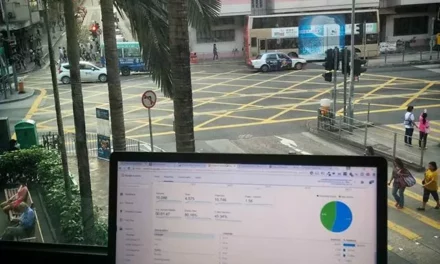Windows Azure is a cloud computing platform providing a range of services. From analytics, computing, storage and networking to SQL databases, a developer uses this platform to perform various software development requirements. For this reason, having in-depth knowledge of Azure is essential. If you are preparing and studying for a developer’s interview, studying Azure interview questions can help you demonstrate your skills to the interviewer. In this article, Pritish Kumar Halder offers basic, technical, and in-depth examples of questions you may encounter in your Azure interview with example answers.
Azure interview questions with example answers
Here are some common technical questions with example answers you may face in your Azure interview:
1. What are the principal components of Azure?
Three principal components form the base for developing services in Azure. Knowledge and understanding of these components convey your experience in managing and developing in the Azure environment. In the answer, give a brief description of all three components.
Example: “The three principal components are Azure Compute, Azure Storage and Azure AppFabric. Azure Storage provides four storage services: queues, blobs, Window Azure Drive (VHD) and tables. Azure Compute comprises three roles, namely, web role, VM role and worker role. Azure AppFabric provides five services including, access, caching, composite, integration and service bus.”
2. What are the deployment models used in Azure?
There are four deployment models. In-depth knowledge of these shows your experience working with different Azure environments and demonstrates your ability to deploy and migrate the different applications. In the answer, give a brief description of all four deployment models.
Example: “The four deployment models used are Azure Virtual Machines, Service Fabric, Containers and App Service. Virtual Machines is an Infrastructure as a Service (IaaS), which gives more control over the server but lacks load balancing and auto-scaling features. Service Fabric is a Platform as a Service (PaaS) that works best when re-architecting native apps and creating new applications. App Service is best for native web apps as it provides load balancing and traffic managers. Azure Container helps in the migration of apps across services and platforms.”
3. What is auto scaling in Azure?
Azure provides developers with numerous features. Auto scaling is a critical aspect of Azure as it lets you pay for what you use. Demonstrating knowledge in this feature shows the interviewer how you can help a company save money using Azure. In this answer, briefly describe the auto scaling feature.
Example**:** “Azure provides an intuitive way to scale up and down the computing resources for meeting the ever-changing business requirement. Auto scaling helps you design a scalable architecture of the growth statistics of your site. Azure provides auto scaling in two ways, namely, horizontal scaling and vertical scaling.”
4. How is a page blob different from a block blob?
A question that asks you to list differences between two things lets you show your knowledge in both. For the above question, briefly describe both in terms of their most significant difference.
Example: “Blobs (Binary Large Objects) are used to store files, text and extensive data. Page blobs are a collection of pages identifiable by their offset set from the start of the Blob. The maximum page blob size is 1 TB. Block blobs are made of blocks identifiable using a unique block id. The maximum block blob size is 200 GB.”
5. What are the different types of queue mechanisms in Azure?
There are two types of queue mechanisms in Azure. Demonstrating knowledge of them helps an interviewer understand your Azure knowledge and experience. In this answer, describe the importance of using each type of queue mechanism when working with Azure.
Example: “The two queue mechanisms in Azure are Windows Azure Queues and Service Bus Queues. Windows Azure Queue is a part of the storage infrastructure featuring a REST-based put/get/peek interface. In contrast, Service Bus Queues are a part of a more complex and broader messaging infrastructure. Both are designed to provide messaging between Azure services.”
6. What is Windows Azure Diagnostics?
Knowledge of troubleshooting common Azure issues shows your hands-on experience. It conveys to the interviewer your troubleshooting skills and your ability to deal with issues while working with Azure. In the answer, briefly describe Azure Diagnostics.
Example: “Microsoft Azure diagnostics lets you collect diagnostic data from services running in Azure. You can use the data measuring performance, debugging, troubleshooting, traffic analyses, auditing, monitoring resource usage and capacity planning. It is a constant check-up tool that ensures the proper working of services in Azure.”
Reference: https://in.indeed.com/career-advice/interviewing/azure-interview-questions









